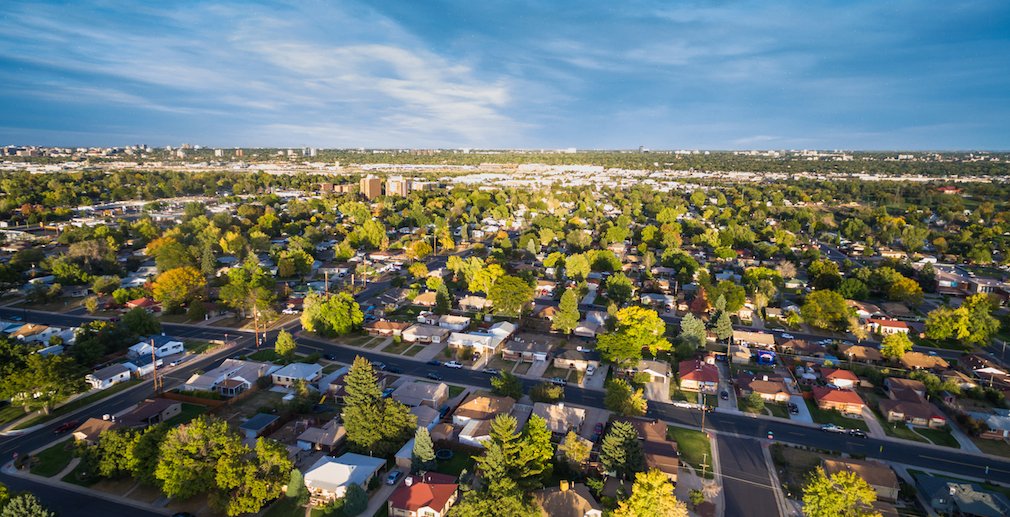The two biggest villains undercutting housing markets in American cities are stagnant wages and vacant properties, according to a report this week from a coalition of U.S. mayors.
“In fast-growing cities, wages lag behind housing costs, leading to a scarcity of affordable housing,” the report from the National League of Cities Housing Task Force states. “In legacy cities with slower growth, a persistent high rate of vacant and blighted housing exists due to the ongoing after-effects of the foreclosure crisis and general economic disruption.”
Both problems stem, at least in part, from the financial crisis that began in 2008. As the U.S. unemployment rate spiked above 10% in early 2010, foreclosures surged to epidemic levels, leaving cities like Detroit, Michigan, with neighborhoods full of abandoned homes. From 2006 to 2014, more than 7 million American families lost their homes to foreclosure, according to CoreLogic. The economic recovery from the Great Recession has been the slowest and smallest in modern records.
Wages have been trending higher in the last year, but for most Americans they aren’t keeping up with the increase in home prices, according to data from Sentier Research. The median annual household income in May was $63,799, which was 0.9% higher than a year earlier. But, when adjusted for inflation, it was just 3.4% higher than 2000, according to Sentier data.
About 40% of households in the U.S. are rented homes, and of these households, half are “cost-burdened,” meaning they spend more than 30% of their income on housing, the report said.
In some cities, such as Boulder, Colorado, and San Diego, California, the median household income is just a fraction of the amount needed to be able to afford a median-priced house, according to data from the National Association of Realtors.
The cities hardest-hit by the foreclosure crisis are still struggling with thousands of abandoned homes. Often, home prices in those areas are so depressed, it’s not worth a builder’s time to tear down a dilapidated home and build new, the report said. The replacement cost is higher than what nearby occupied homes are selling for.
“The United States has a housing crisis,” Washington, D.C., Mayor Muriel Bowser said in the report. “In cities and towns nationwide, access to housing — particularly access to safe and affordable housing — continues to be a major concern and increasingly serves as one of the biggest barriers to economic prosperity for American families.”
The report made five suggestions for addressing the issues:
1. Stabilize and stem the loss of public and affordable housing
2. Pass a long-term, stand-alone federal housing bill that authorizes 10 years of new funding for pilot programs
3. Support innovation and modernization of land-use and planning at the local and regional level
4. Fix inequities in housing development and the housing finance system
5. Support scalable innovation and financing for cities, towns and villages






